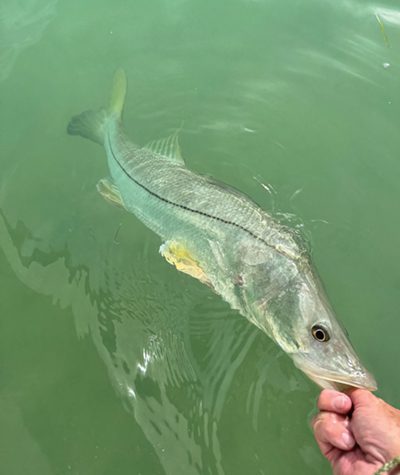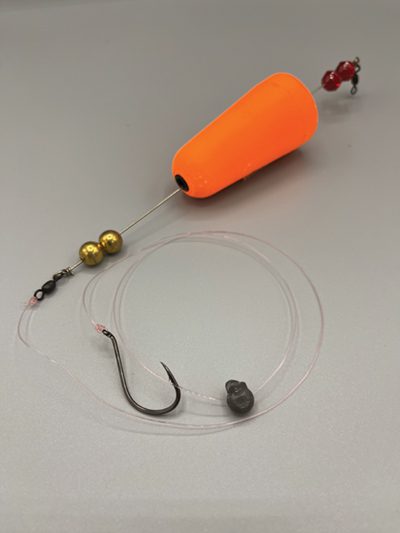
Wintertime fishing in many areas of the United States is tough, if there’s any fishing at all. Winter survival clothing is needed, and even special tools and augers are used to drill holes though ice-laden lakes. Boats are seldom employed since they’ve been winterized and laid up until spring, and fishing gear has to be treated with spays that will prevent icing.
That’s not the case here in the Florida Keys. While we do get the occasional cold front that will push the low temperatures into the 50’s, the normal wintertime range is mid 60’s at night with high 70’s during the day.
Personally, I enjoy the winter months. It’s nice to head out for a day on the water without needing gallons of water for hydration, and only wearing a lightweight jacket that will be shed by late morning. However, a bit of local knowledge is often required to have a successful fishing day in the month of January.

In Florida Bay there are dozens and dozens of small islands that can be used for wind breaks, however some work and some don’t. An island with a deeper cut or overhanging mangrove works well, but then the tide also has to be considered. The absolute best combo, in my opinion, is when an angler can line up the direction of the tide with wind direction.
On days with a breeze or wind, bait gets pushed up against the mangrove structure. These locations are ready-made feeding areas for big fish. I know it’s not comfortable to sit on the windy side of a fishing spot, but there’s a very simple process happening there. The small bait struggles in the wind and current, but a big fish, like a snook or redfish, can easily pick off the sardines or shrimp. Your job is to land a live or artificial bait in the target zone.
A trick I like to use on breezy days incorporates a popping cork and live shrimp. The rig is simple. First tie on the cork, and then add a short leader and a circle hook. If extra weight is needed add a split shot about 4 inches or so above the hook. Place the hook through the horn on top of the shrimp’s head, but be careful, you want the offering to stay lively.
Make sure you’re in a position with the wind at your back. Make a cast, and keep in mind, you don’t have to be perfect when trying to get close to the mangrove overhang. The wind will carry the cork into the target zone for you. The wave action also comes into play. It will cause the cork to gently bounce up and down, so there’s no need to provide extra action to the cork.
When the cork disappears, reel like crazy. Easy.
